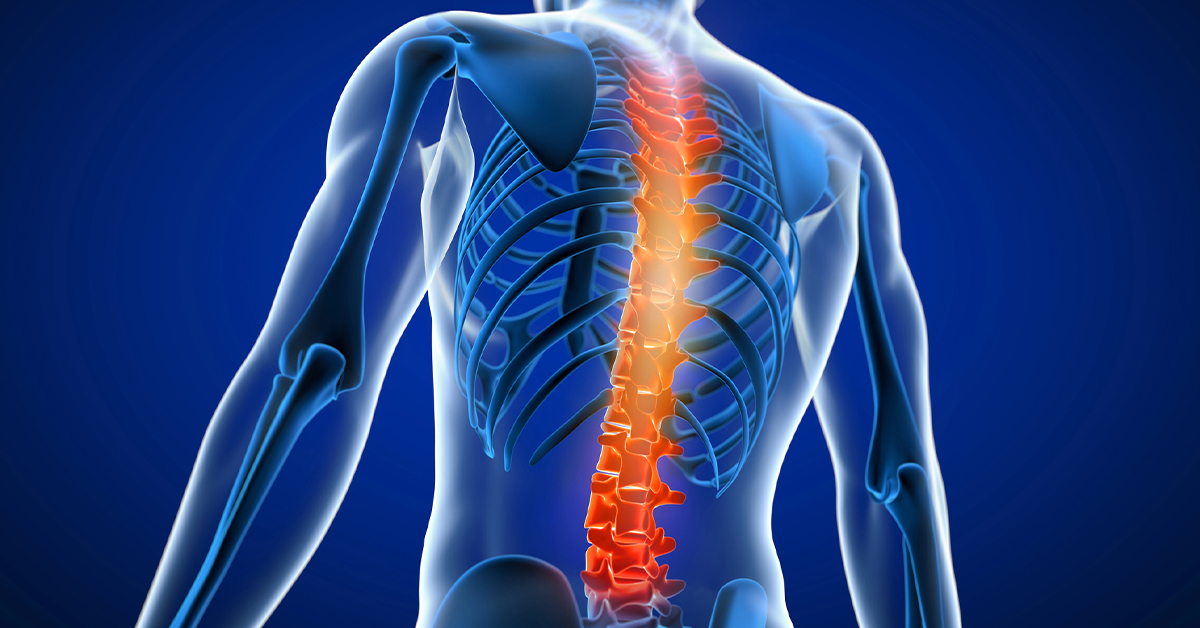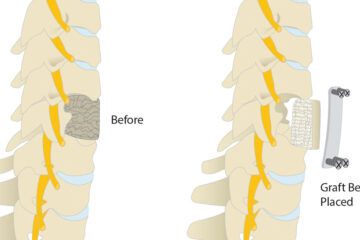What Is a Total Spinal Disc Replacement?


What Is a Total Spinal Disc Replacement?
A total spinal disc replacement is a surgical procedure aimed at relieving chronic back or neck pain caused by damaged or degenerated spinal discs. During the procedure, the affected disc is removed and replaced with an artificial disc designed to maintain normal movement and flexibility in the spine. Total disc replacement is an alternative to spinal fusion surgery and is often recommended for patients who want to preserve the natural motion of their spine.
Why Is a Total Disc Replacement Performed?
Total disc replacement is commonly used to treat conditions like:
- Degenerative disc disease: As we age, the discs between our vertebrae can wear down, leading to pain, stiffness, and reduced mobility.
- Herniated discs: When the soft inner core of a disc pushes through its tough outer layer, it can compress nearby nerves, causing significant pain.
- Chronic back or neck pain: When non-surgical treatments, such as physical therapy and medication, fail to provide relief, disc replacement may be considered as a surgical option.
The goal of a total disc replacement is to remove the problematic disc and replace it with an artificial one, allowing the patient to experience pain relief while maintaining flexibility and mobility in the spine.
The Procedure
During a total disc replacement surgery, the damaged disc is removed through an incision, typically made in the front (anterior) of the spine, depending on the location of the affected disc. The surgeon carefully removes the problematic disc, taking care to protect the surrounding nerves and spinal cord. Once the damaged disc is removed, an artificial disc made of metal and plastic is inserted into the empty disc space. This artificial disc mimics the natural structure and function of a healthy disc.
The entire surgery is usually performed under general anesthesia and can take a few hours, depending on the complexity of the case.
Benefits of Total Disc Replacement
There are several advantages to choosing a total disc replacement over other spinal surgeries, such as fusion:
- Preserved mobility: One of the key benefits of disc replacement is that it allows for greater movement in the spine, as the artificial disc is designed to mimic the motion of a natural disc. This is in contrast to spinal fusion, which limits movement in the affected area.
- Reduced risk of adjacent segment disease: Because the replacement disc allows for motion, it reduces the stress on the surrounding vertebrae and discs. This can help prevent degeneration in nearby spinal segments, a condition known as adjacent segment disease.
- Faster recovery: Many patients find that recovery after disc replacement is quicker compared to spinal fusion surgery. Since the spine retains its natural motion, patients often experience less stiffness and a smoother rehabilitation process.
Who Is a Candidate?
Not everyone is a suitable candidate for total disc replacement surgery. Ideal candidates typically have:
- Chronic back or neck pain that hasn’t responded to conservative treatments like medication, physical therapy, or injections.
- Degeneration of one or two discs, usually in the lumbar (lower back) or cervical (neck) region.
Patients with certain conditions, such as advanced spinal arthritis, osteoporosis, or scoliosis, may not be eligible for this procedure. It’s essential to consult with a spine specialist to determine if total disc replacement is the best option.
Recovery from Total Disc Replacement
Recovery from total disc replacement surgery varies from patient to patient. Most patients spend one to two days in the hospital after the procedure and are encouraged to begin walking and moving soon after surgery. This helps promote circulation and prevents complications such as blood clots.
Physical therapy is an important part of the recovery process. Patients will work with a therapist to strengthen the muscles around the spine, improve flexibility, and restore full function. Many patients begin to notice significant pain relief within a few weeks, but full recovery may take several months.
During the recovery period, it’s important to avoid activities that put strain on the spine, such as heavy lifting or twisting. Adhering to post-operative care instructions is key to ensuring a successful outcome.
Potential Risks
As with any surgery, there are potential risks and complications associated with total disc replacement. These may include:
- Infection at the surgical site.
- Nerve damage, which could cause numbness, weakness, or pain.
- Implant failure, though this is rare with modern artificial discs.
Patients should discuss the risks with their surgeon before deciding to undergo the procedure. While the risks are relatively low, they should be considered carefully.
A total spinal disc replacement is a surgical option for those suffering from chronic back or neck pain due to damaged or degenerated discs. It offers significant advantages, such as preserved mobility, reduced risk of further spinal degeneration, and faster recovery times compared to spinal fusion. Although the surgery is serious, many patients experience long-term relief and a return to a more active lifestyle after undergoing a total disc replacement. If you're dealing with chronic spinal pain and conservative treatments haven’t worked, consulting with a spine specialist can help you determine whether total disc replacement is the right solution for you.



